On September 23 I made this presentation for Sustainable Ramona. Below are the slides I used. Even though some of them are scant on information and in need of explanation, others should be useful by themselves. I’ve included every slide.
Keep in mind, however, that the presentation was made for gardeners in Ramona, San Diego County. This is a hot, inland location. If you’re closer to the beach and your temperatures are milder in the summer, your vegetables and fruit trees need somewhat less water and more sun than prescribed in the slides.
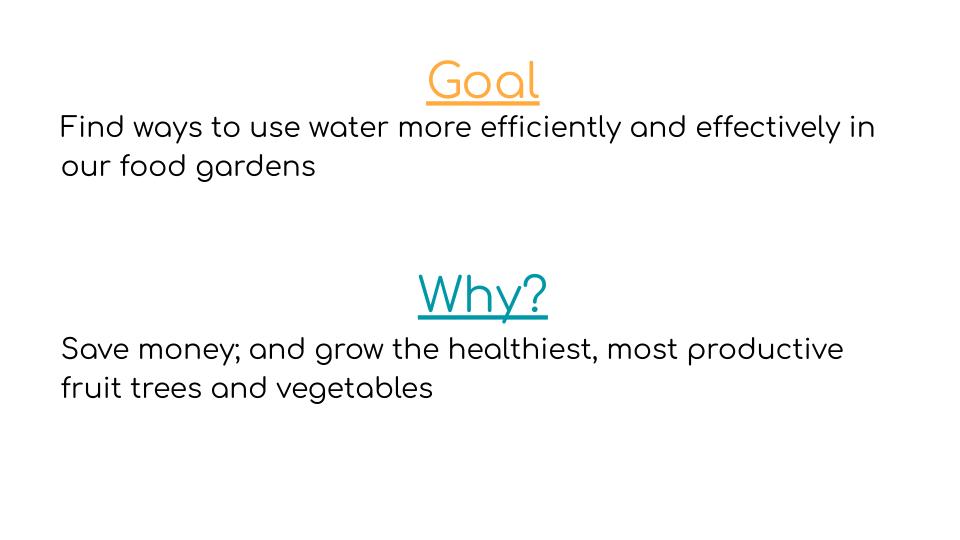



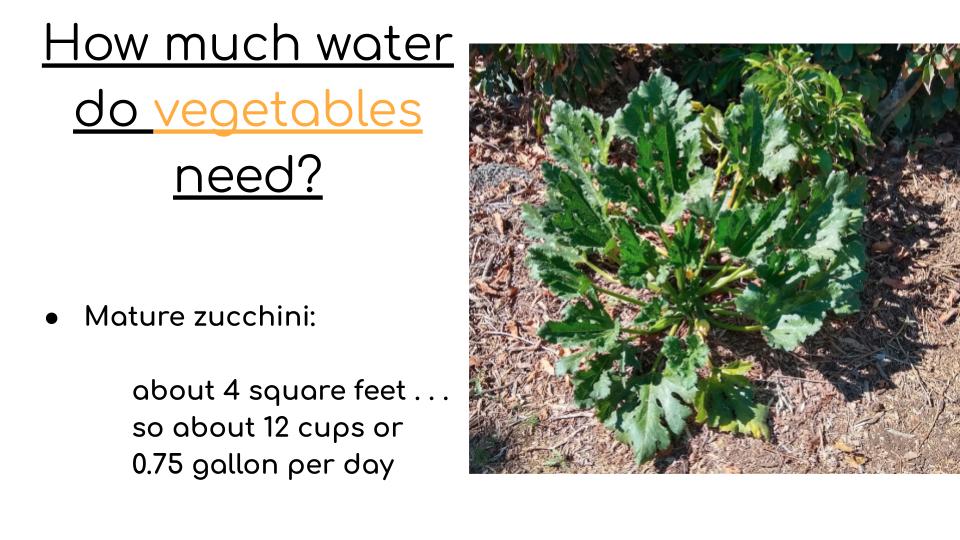
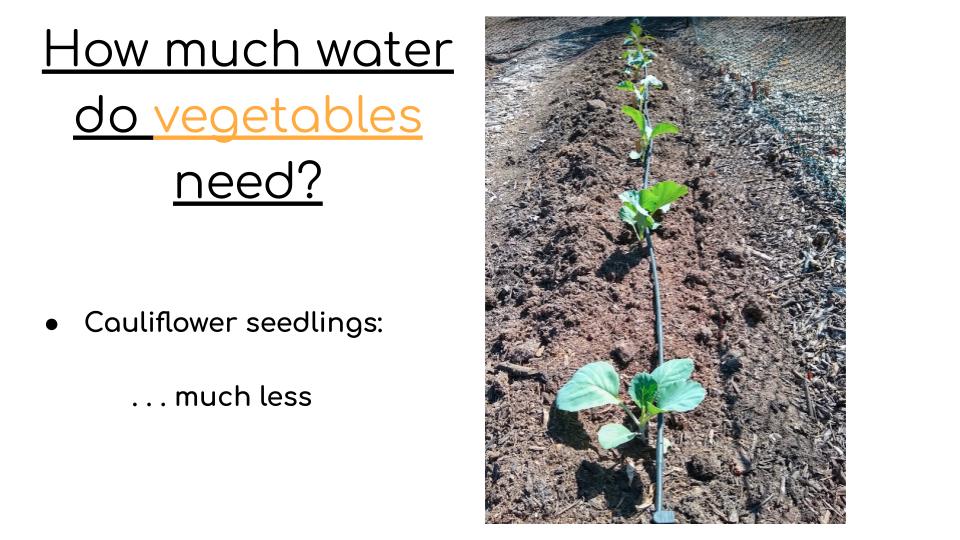
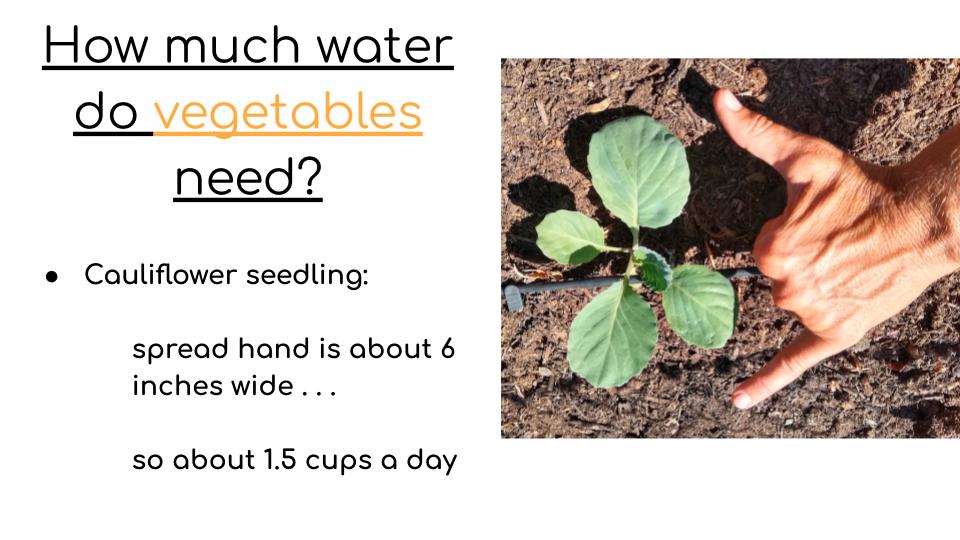
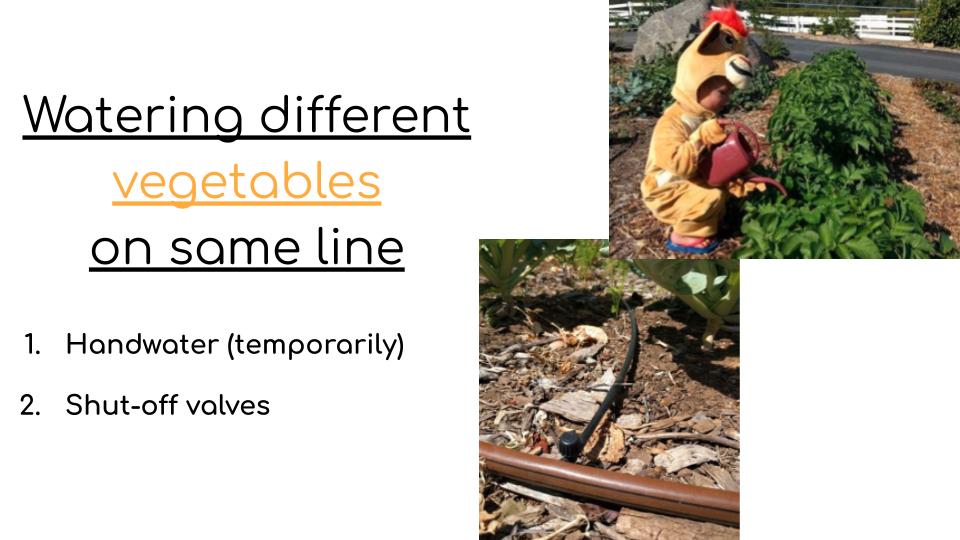
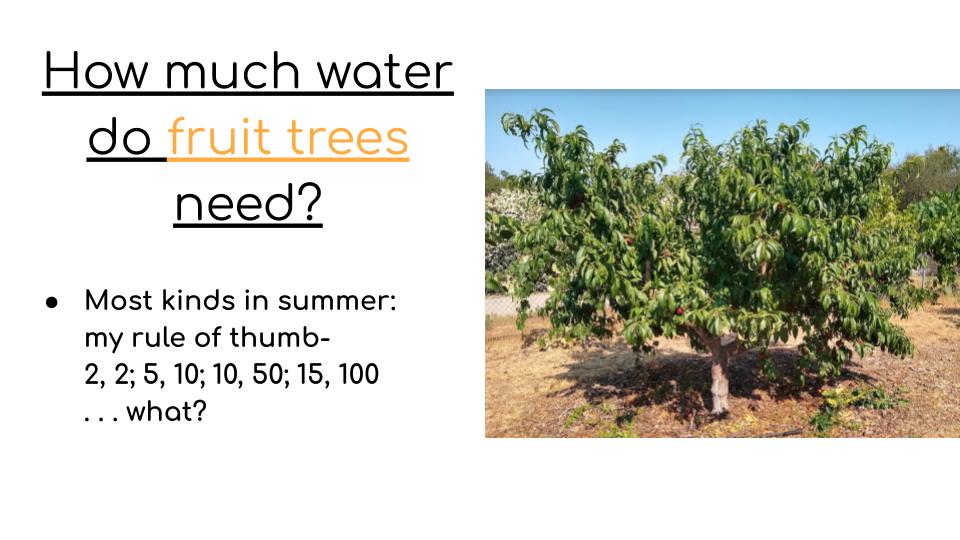

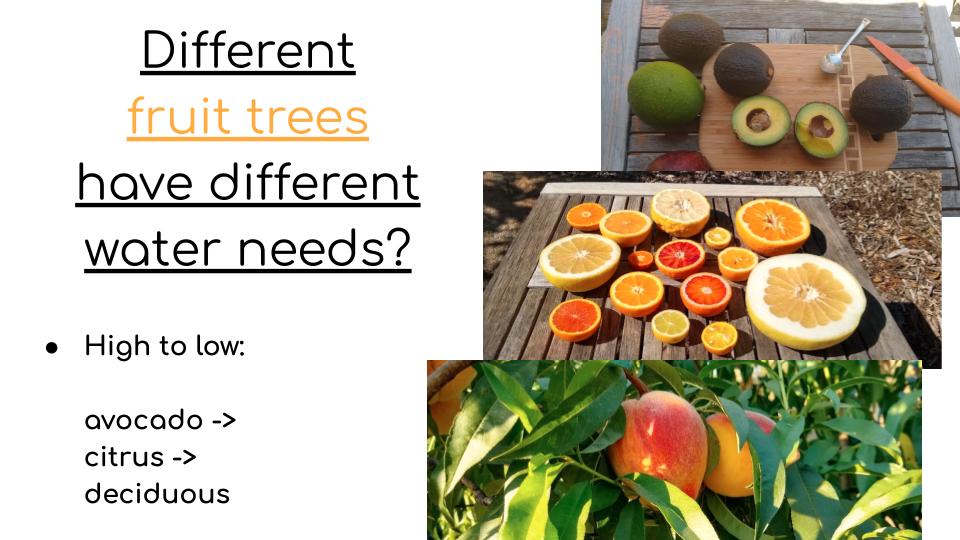
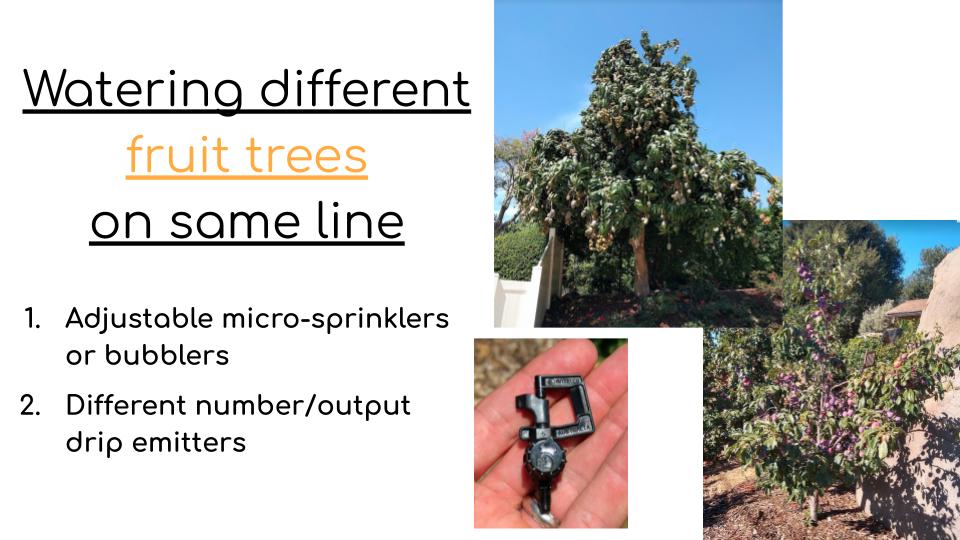
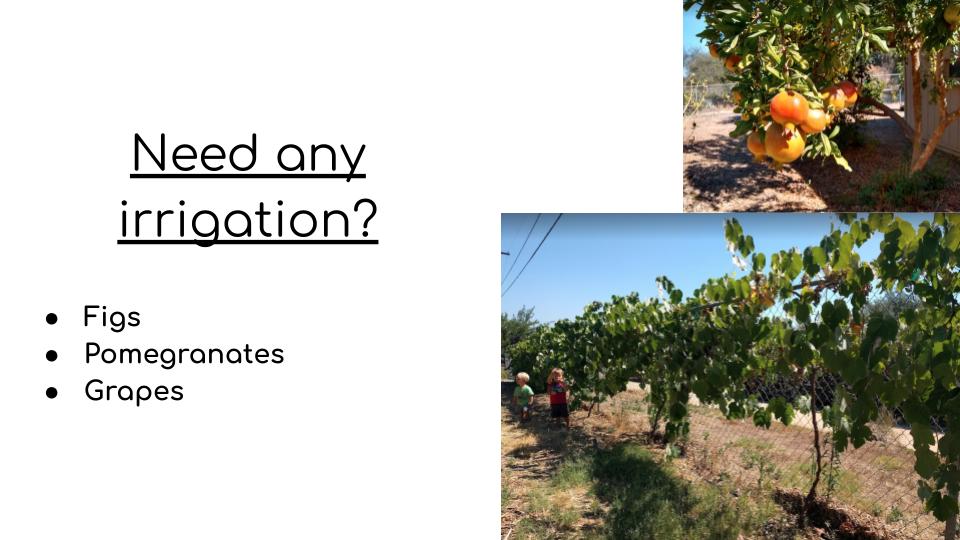
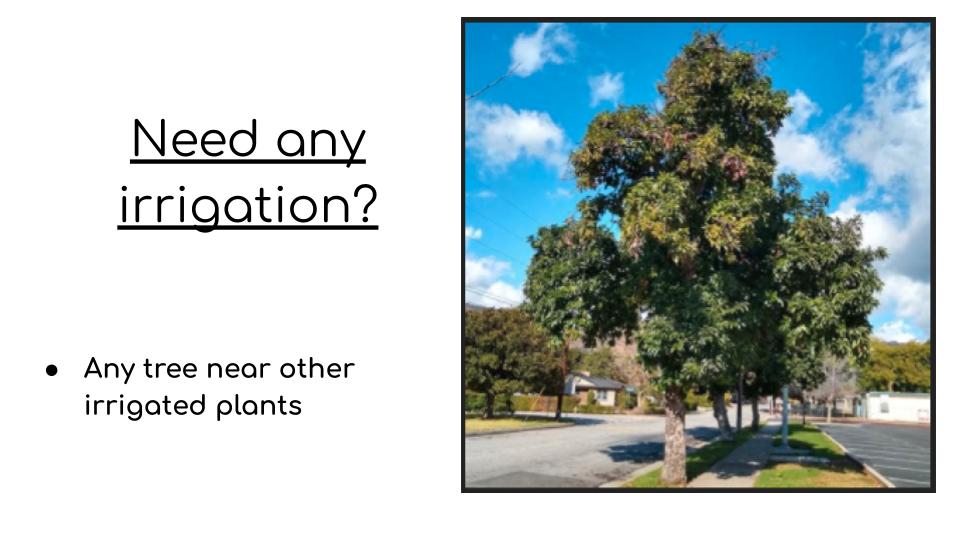
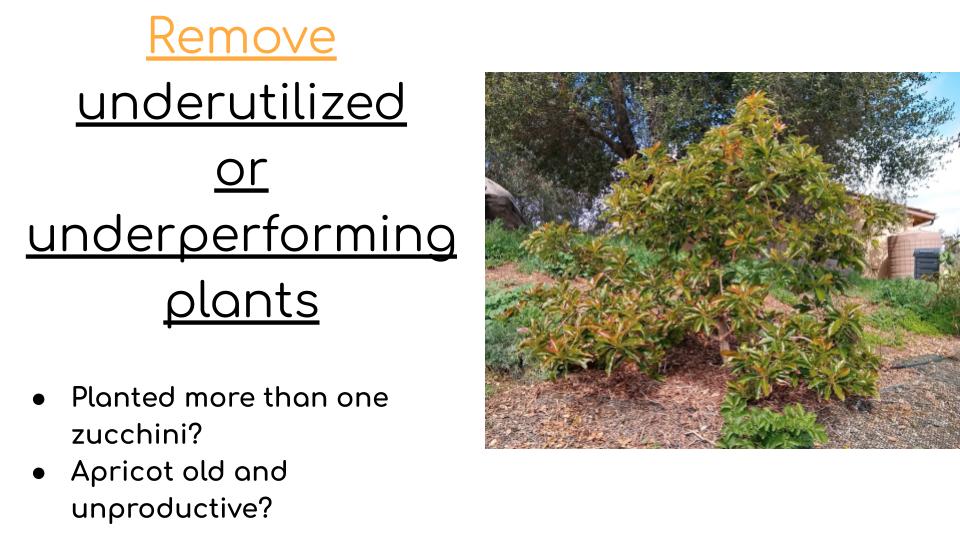
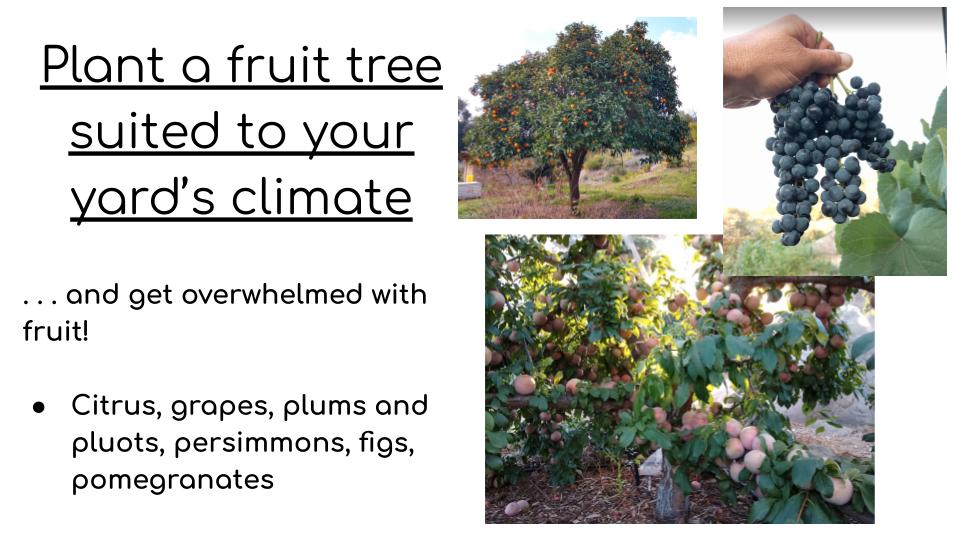
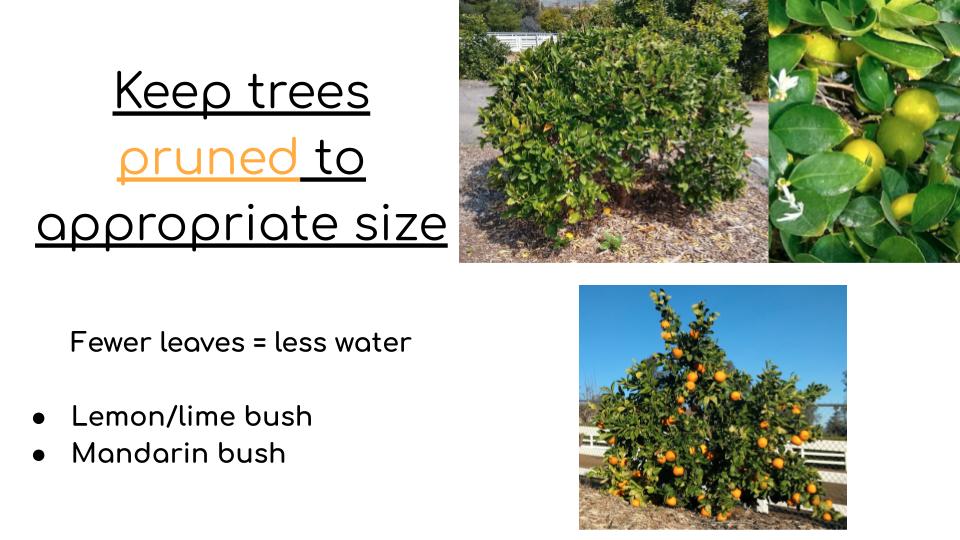
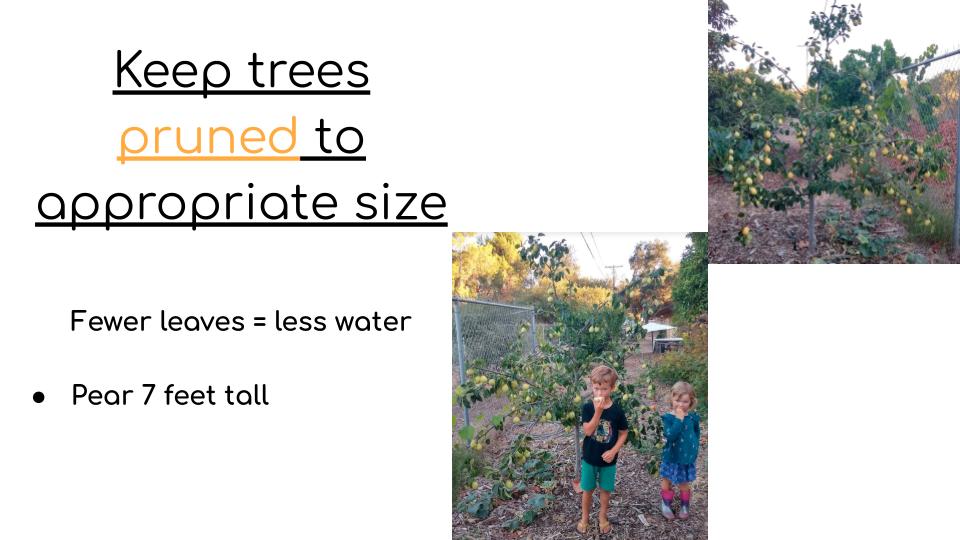
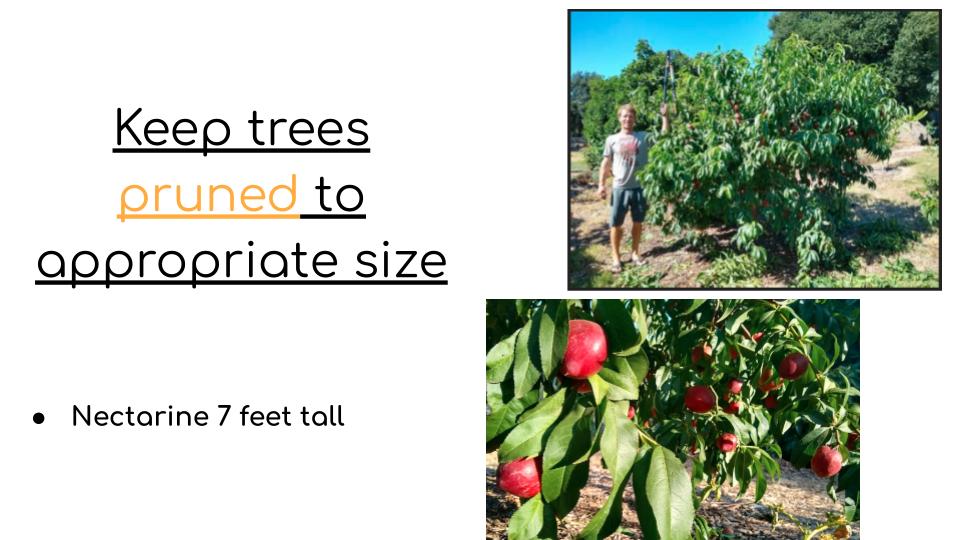
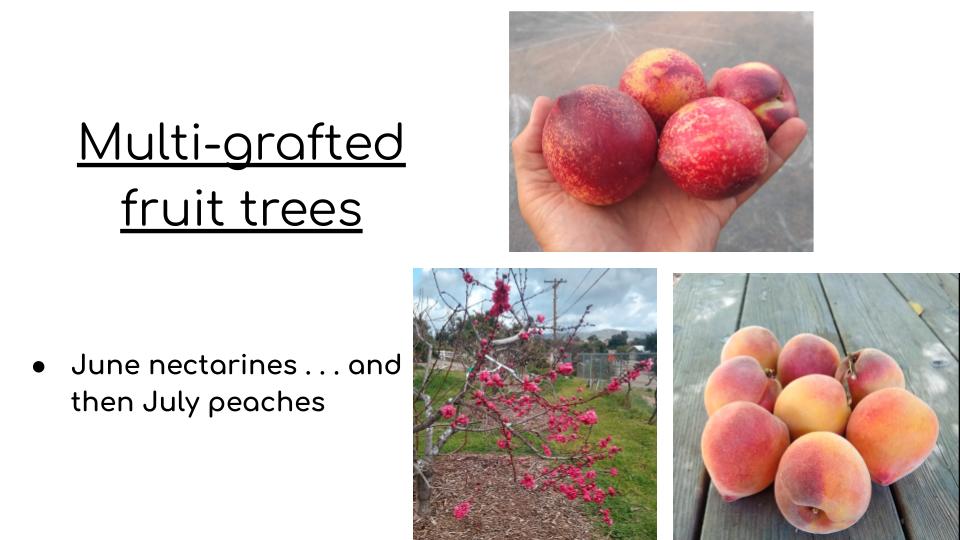
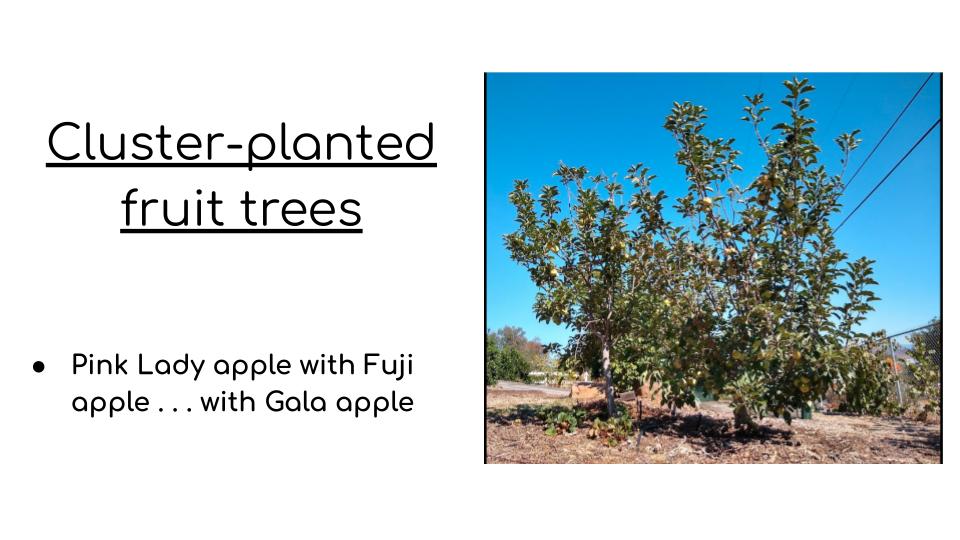
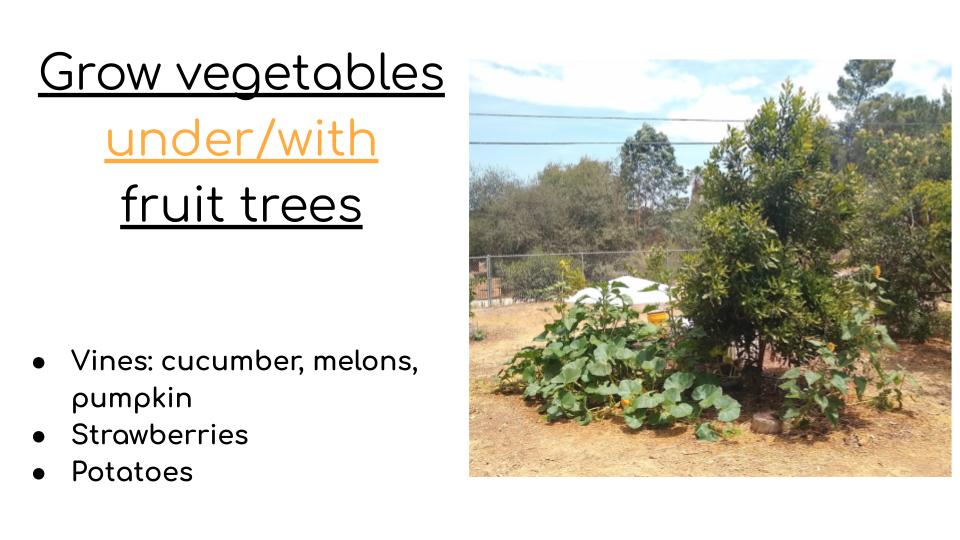
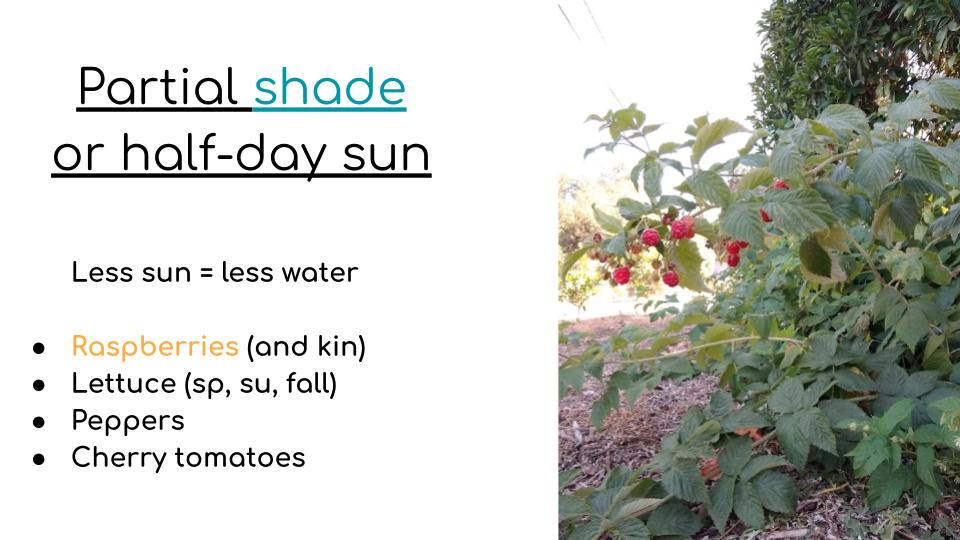
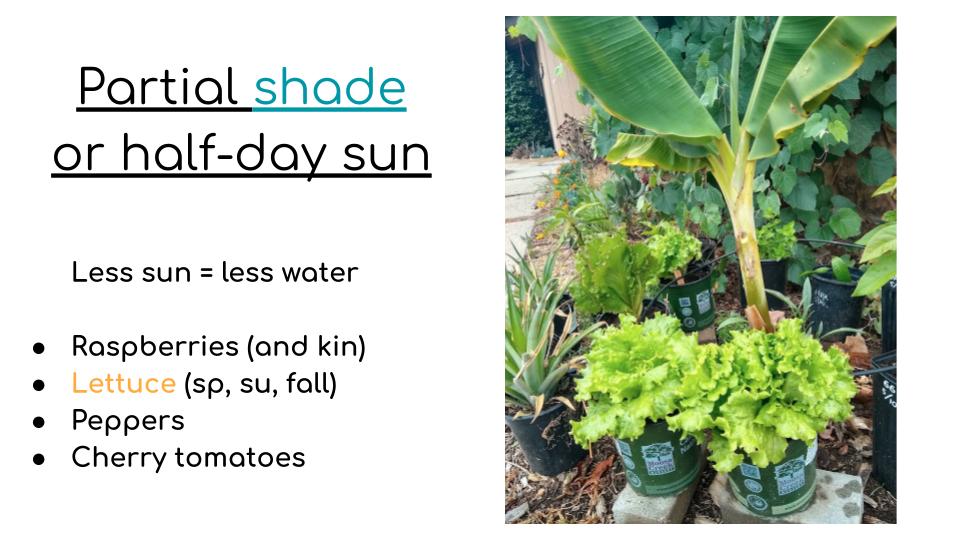
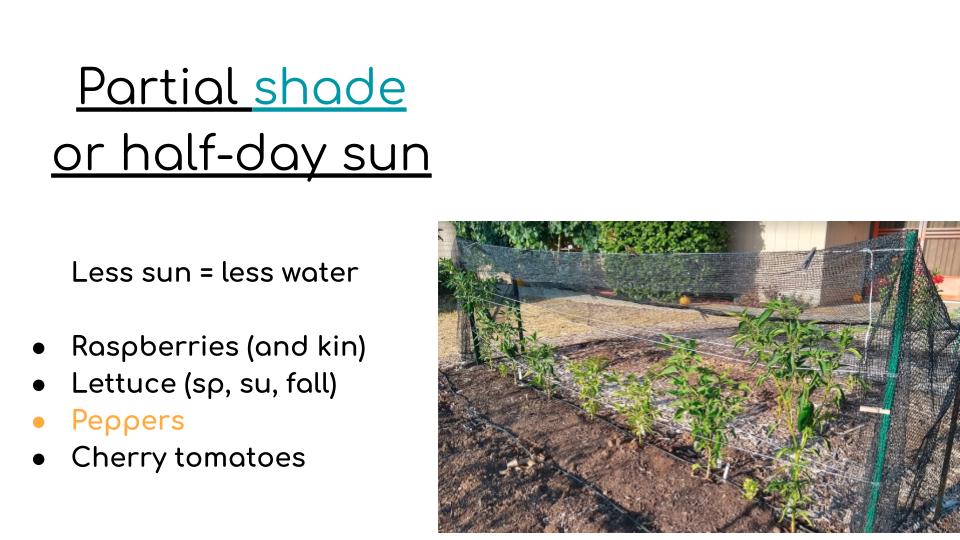

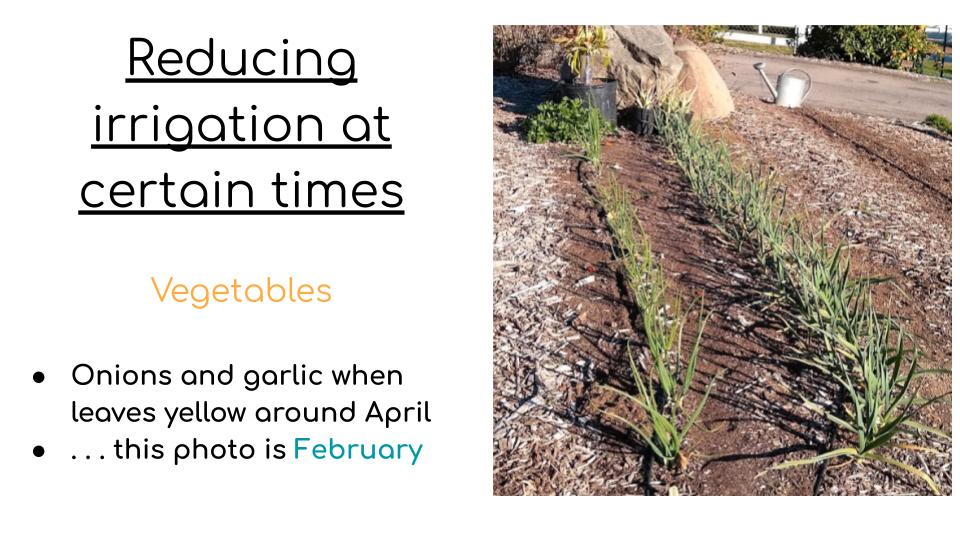
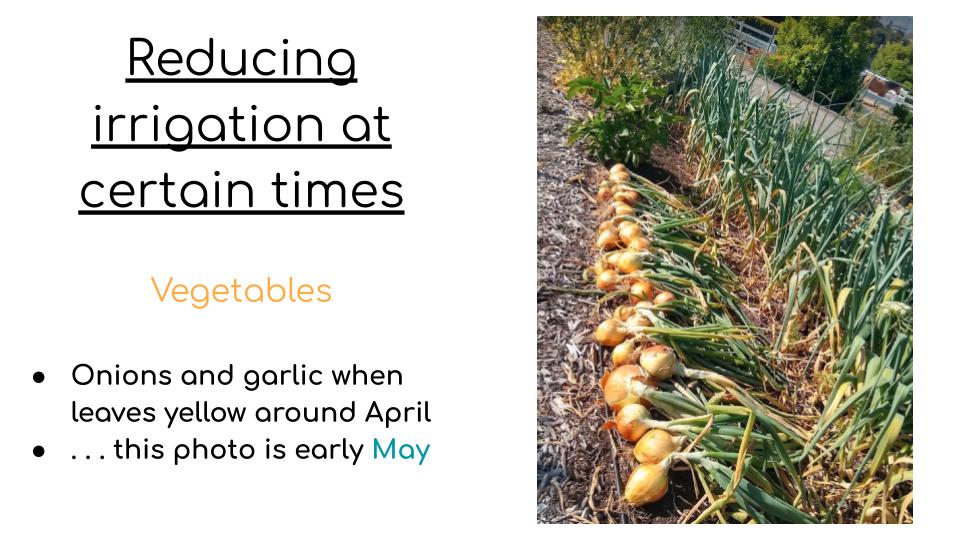
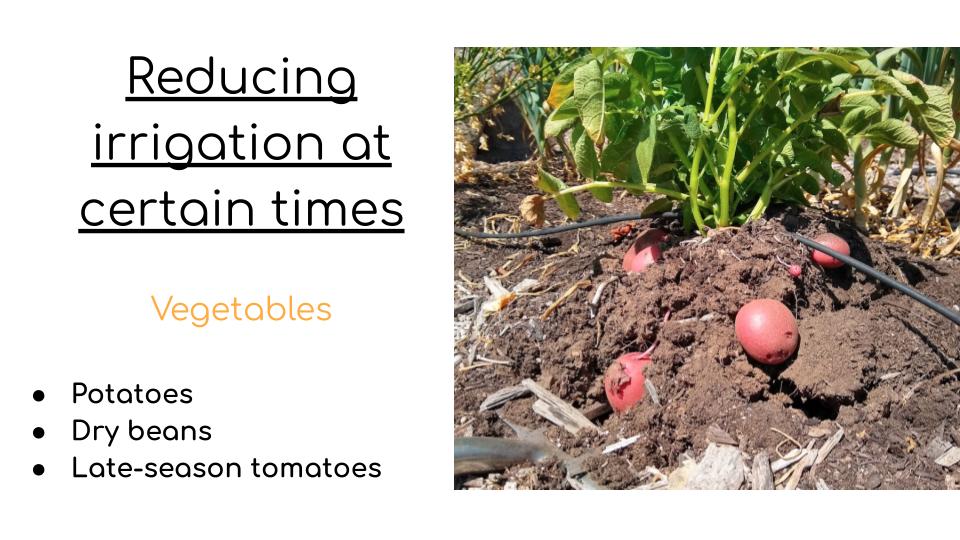
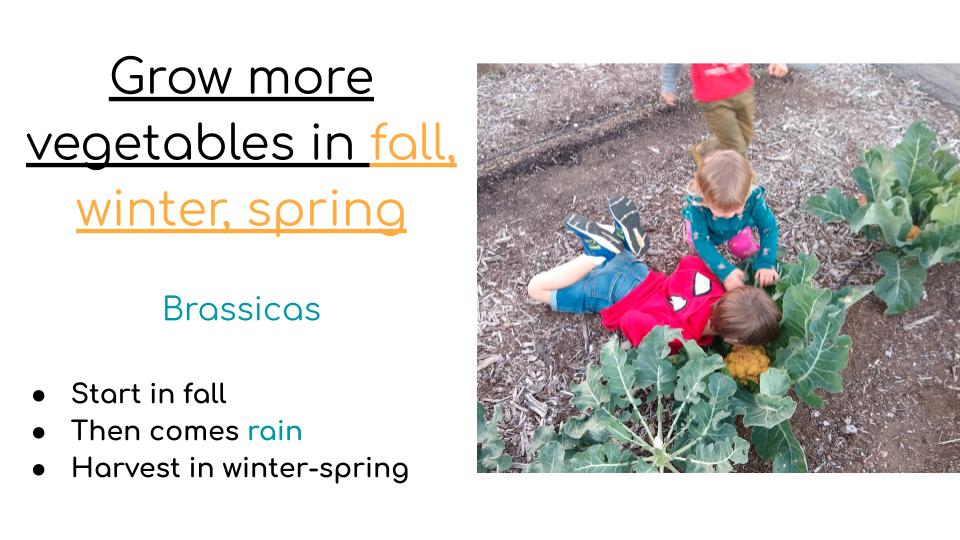
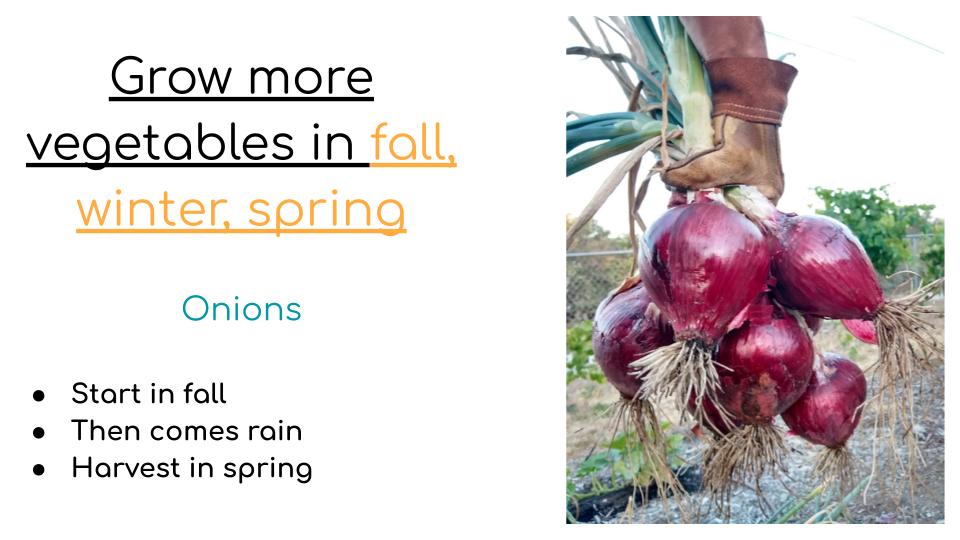
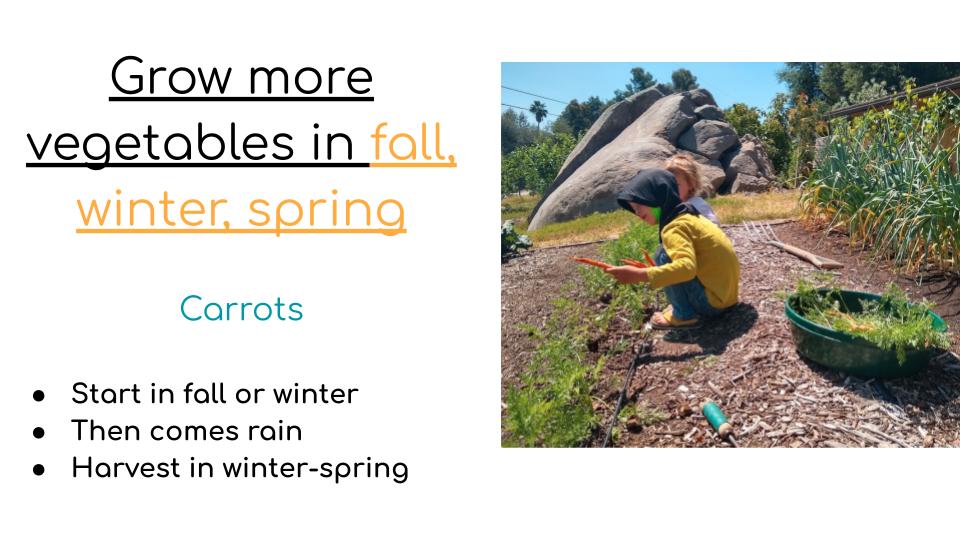
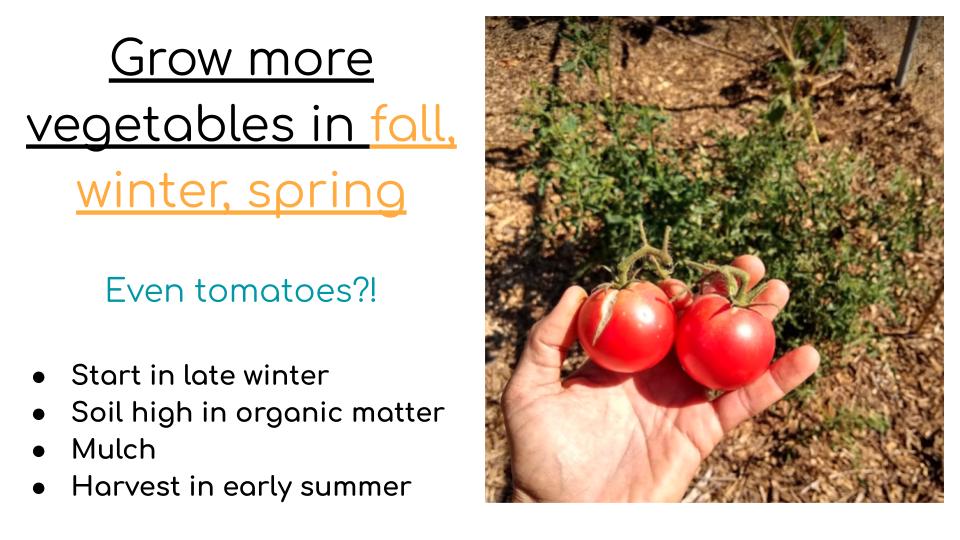

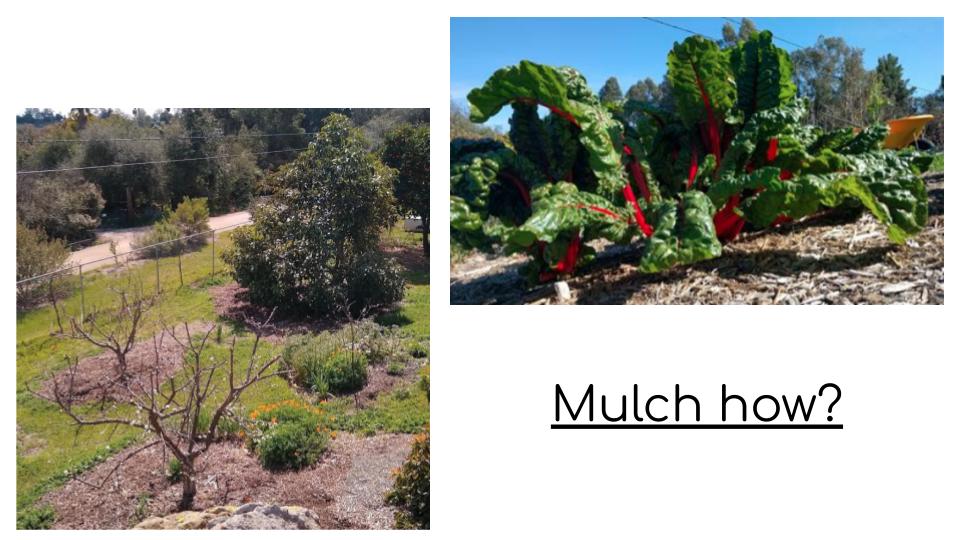
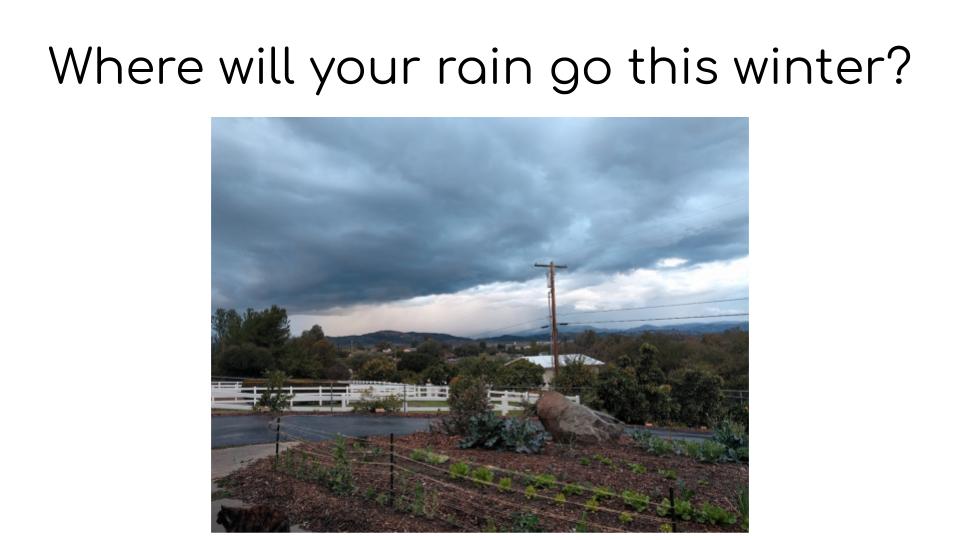
If you’d like explanation about a particular slide, let me know.
All of my Yard Posts are listed HERE

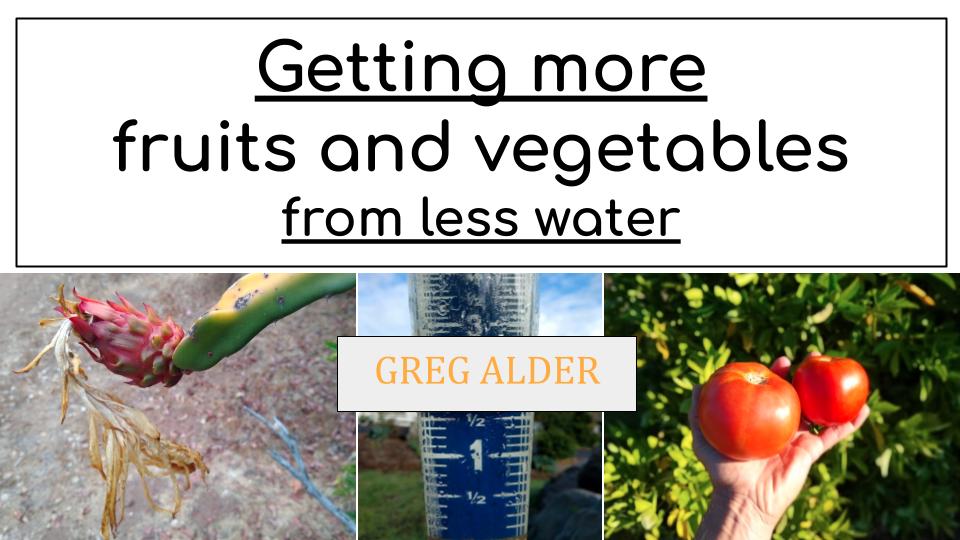


I watched this presentation on YouTube and really enjoyed it. I live in a hot inland climate as well, so the content was perfect for me. Thanks so much!
What is the youtube link to this presentation?
Aha, I found it here: https://www.youtube.com/watch?v=NbhhHp8S35I
Hi Greg, We have been picking up seaweed & Kelp along the beach. CA law states you can pick up 10lbs per person. Your not allowed to cut living plants. They are actually alge. There are many nutrient in kelp perhaps the most valuable are the three growth hormones that stimulate growth and root development. Could you perhaps do a write up article about Kelp especially how to make kelp tea. Of course kelp can also be composed. I have a batch of tea I started yesterday and I’m seeing a gigantic range of info about how long it takes and the dilution rate to use. Being that kelp ia a great organic fertilizer and wonderful for lot’s things we grow I might be beneficial for your readers. I also have a great deal of respect and confidence in your articles. Best Regards Ron
Hi Ron,
What a fun idea. I’m going to have to do a lot more learning before I write anything about it though. Probably about 10 or 12 years ago I played with bringing kelp home from the beach and adding it to my compost piles but I haven’t done it since. I don’t recall closely observing any effects it had on my compost. I only recall taking pains to wash the salt off the kelp first, as I was aware of how much the land plants that we grow in our gardens don’t like the salt. Thanks for the suggestion, and let me know what you learn from your experiments.
Some of my plants that grow well and survive without any additional irrigation: pomegranate, olive, carob, macadamia, grape, mulberry, Catalina Cherry, Jelly(Pindo) Palm. Trying to get some Chilean Wine Palms established. These will survive with no additional irrigation, but if I want good fruit then usually irrigation is required. Even the Prickly Pear Cactus seem to need more water than I anticipated.
Mulch is the biggest and cheapest improvement for the plants. Labor intensive when spreading the mulch but it has long lasting results.
For free mulch checkout http://www.getchipdrop.com . I now am lucky to have a tree trimmer who makes frequent deliveries to my place.
Thanks, Richard. I’ve noticed most of what you mentioned, except that in my yard and neighborhood prickly pear fruits fine without irrigation whereas macadamia doesn’t. The unirrigated macadamias near me still grow and look good but produce few nuts — of course, it’s possible that isn’t due to only the lack of irrigation though.
You’ve got a golden relationship with that tree trimmer!
Just yesterday I bought a better fork with which to spread my wood chips. Time to get to work.